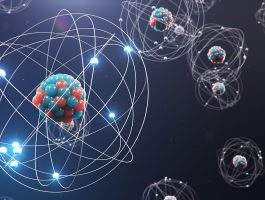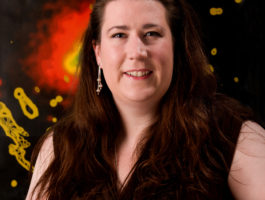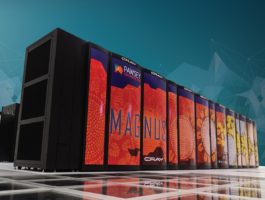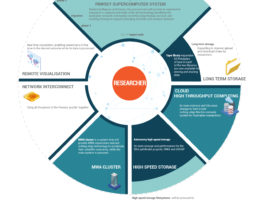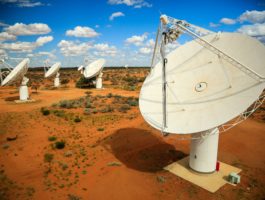Advancing radioastronomy into the era of High Performance Computing: The Case of Imaging
This is a hybrid event. It is organised at the Pawsey Supercomputing Research Centre but is also available online. About the presenter Claudio Gheller obtained his Ph.D. in astrophysics from the International School for Advanced Studies (SISSA/ISAS) in Trieste, Italy. His thesis focused on numerical cosmology. After that, he gained 12 years of experience as
